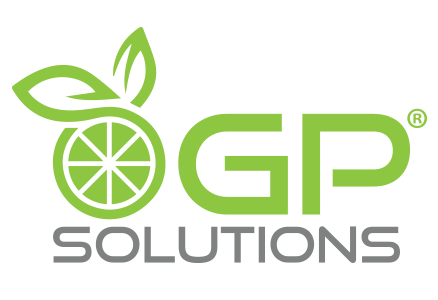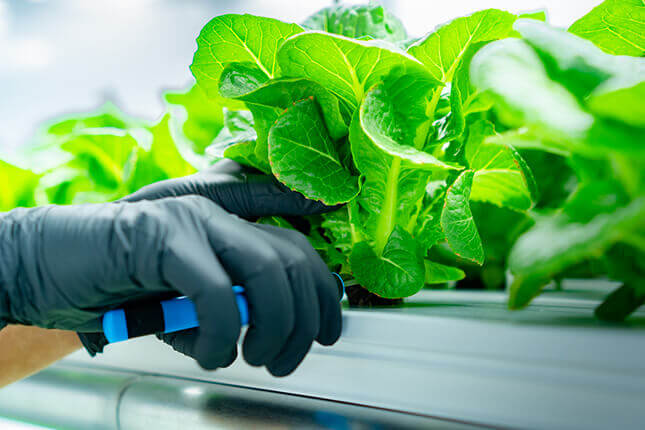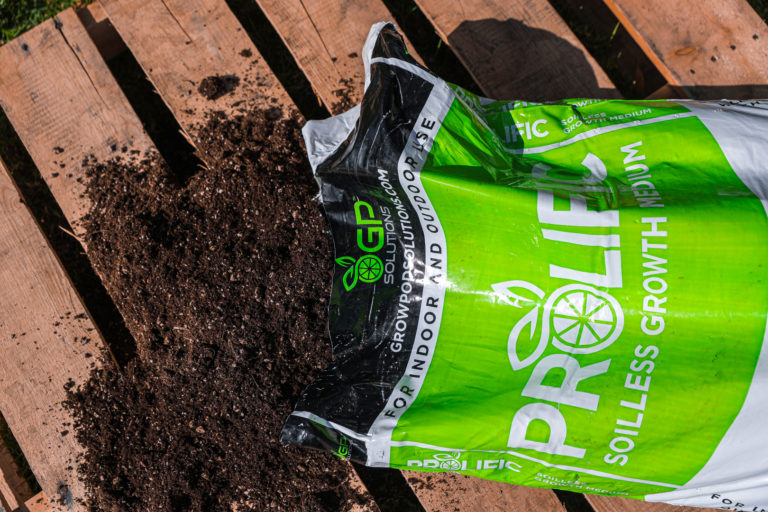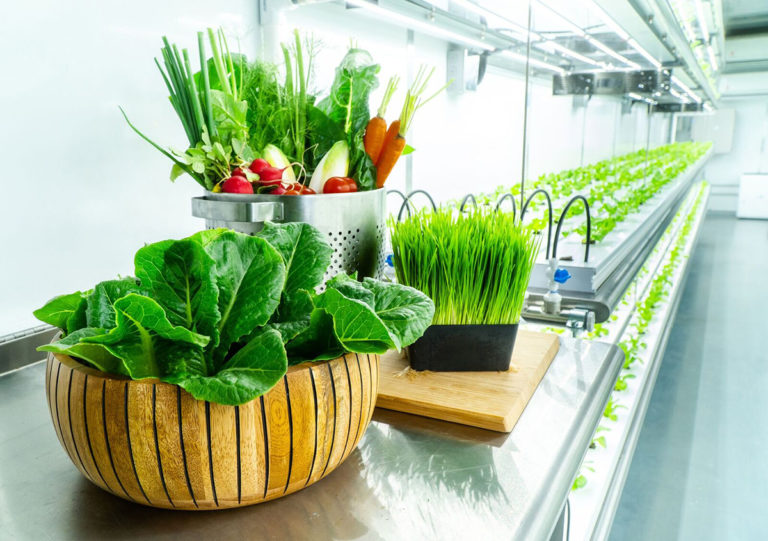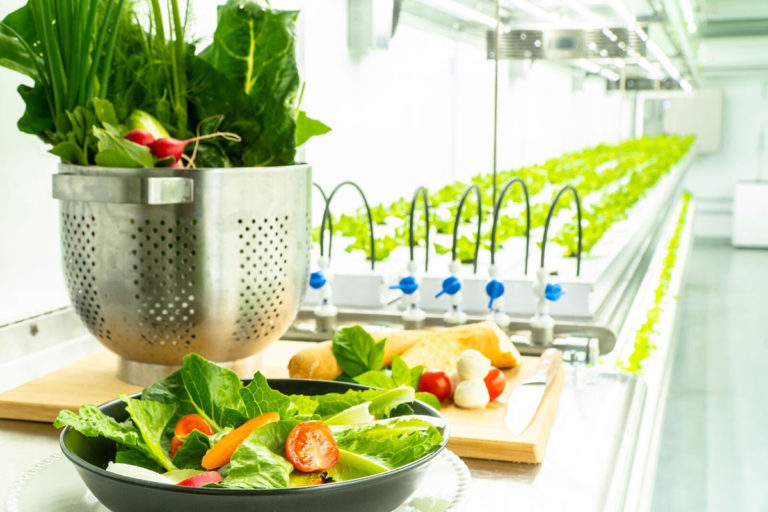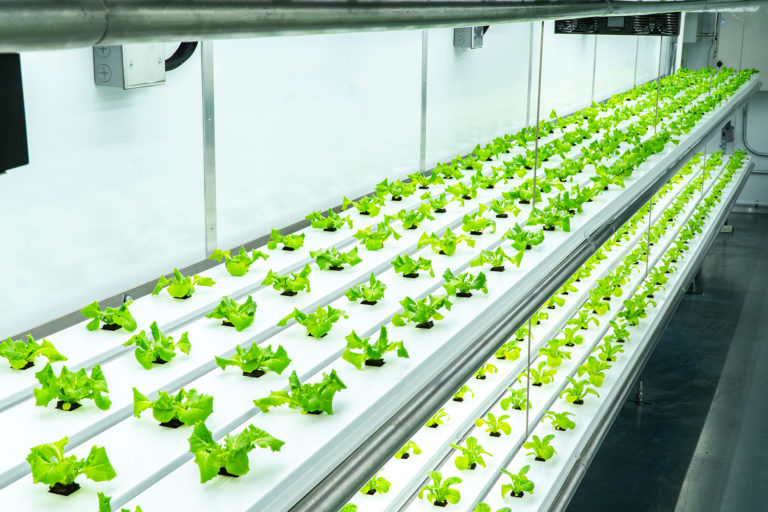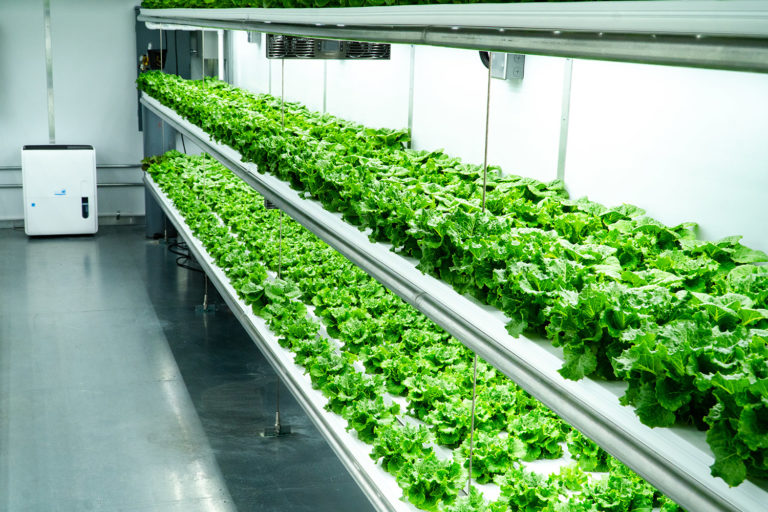Sixty-seven people have been infected across 19 states in an E. coli outbreak that is linked to romaine lettuce, the Centers for Disease Control and Prevention said.
Officials are investigating lettuce that was harvested from Salinas, California, the CDC said, warning consumers not to eat it and retailers not to sell any from that area.
That includes “whole heads of romaine, organic romaine, hearts of romaine, romaine in salad wraps, and packages of precut lettuce and salad mixes which contain romaine, including baby romaine, spring mix, and Caesar salad,” the agency said.
“Look for a label showing where the romaine lettuce was grown. It may be printed on the package or on a sticker,” the CDC said. “If the label says ‘grown in Salinas’ (whether alone or with the name of another location), don’t eat it. Throw it away.”
And if the lettuce doesn’t have labeling information on it, don’t eat it, said Frank Yiannas, FDA’s deputy commissioner for food policy and response.
“Restaurants and retailers should not serve or sell romaine lettuce if they cannot confirm it is from outside Salinas,” he said.
Of the people who have been infected — who range from 3 to 89 years old — 39 have been hospitalized, the agency said. Six of them have developed a type of kidney failure.
Infectious disease expert Dr. William Schaffner at Vanderbilt said young children and the elderly are most at risk. Symptoms like cramping and diarrhea can start anywhere from two to eight days after eating contaminated food. 5 to 10% of people diagnosed with E. coli can also suffer kidney damage.
This outbreak is caused by the same strain in the outbreaks linked to leafy greens in 2017 and to romaine lettuce in 2018, the CDC said.
America’s food chain is broken, and contaminated food repeatedly sickens and kills consumers. Sooner or later, consumers will have to demand, and congress will have to act to strengthen regulations to protect our food supply from dangerous pathogens and diseases.
HOPE ON THE HORIZON
New indoor Controlled Environment Micro-Farms (CEMF) have been developed by some forward-thinking companies.
One such company is GP Solutions. The company has developed what they call a “GrowPod.” Essentially, it is a food-grade shipping container, refurbished and outfitted with the latest technology to grow clean, pure food in a controlled environment that is free from contaminants.
Inside a GrowPod, the air and water are filtered, and since it is a sealed environment, there is little chance for contamination. LED lights are purposefully designed to emit only select wavelengths, which plants are able to absorb for photosynthesis.

Other companies, including one funded by Elon Musk, are also competing in this space.
Unlike some of the other companies operating in this space, GP Solutions can configure its Pods to either be soil-based or hydroponic, depending on the user’s needs and preferences.
These futuristic farms may not be the solution to all of America’s ongoing outbreaks of contaminated food, but they are a start.
Since the units are portable, they can be set up almost anywhere, and provide year-round farming, which means more crop cycles than traditional farming.
These pods are not just useful for existing farmers. They are also easy enough to operate so that almost any business, organization, hotel, farmer’s market, or restaurant can have their own Pod and supply their customers with truly farm fresh, clean, healthy food.
These systems empower anyone to grow food for their community or for profit, and unlike some of the start-ups that convert entire warehouses into indoor farms, GrowPods and other “shipping container farms” are portable and scalable, meaning they can be placed anywhere, and stacked if the farmer wants to expand or keep certain crops separated (it is very important to keep some male and female plants apart, as well as assuring some specific plant strains stay separated to eliminate cross-pollination).
According to industry insiders, growing greens inside a CEMF is efficient and will produce a large crop yield. One shipping-container farm will grow the equivalent of about two acres of outdoor farmland.
Existing farmers are also starting to use Controlled Environment Micro Farms to augment their operations.
Karma Farms in Maryland has traditional outdoor fields, but also uses a CEMF to sustain a broader product line throughout the year and sustain their revenue and employee base over the winter.
SOIL MATTERS
According to Soil Science Society of America, soil is a complex mixture of minerals, organic material, water, and various lifeforms. “In its original state, soil was an uncontaminated substance covering the earth. But humans have intentionally and accidentally poured harmful products onto it in some areas.” The waste can hurt the soil and human, plant, and animal health.
Common contaminants in urban soils include pesticides, petroleum products, radon, asbestos, lead, chromated copper arsenate, and creosote. In urban areas, soil contamination is largely caused by human activities. Some examples are manufacturing, industrial dumping, land development, local waste disposal, and excessive pesticide or fertilizer use. Heavy car and truck traffic can contaminate soil, and so can animals. Livestock feces can be full of bacteria, and this washes into the soil and into nearby farms.
When soil is contaminated with these substances, it can hurt the native environment. Many of these substances are just as toxic to plants as they are to humans. In addition, since soil is the “earth’s kidney,” contaminants can trickle through the soil and get to our water supply.
GP Solutions has also developed an interesting line of soils and nutrients that contain no animal byproducts or contaminants. These products are intended not only for users of GrowPods, but also for anyone wishing to grow their own clean produce.
Many commercial soils and nutrients feature animal byproducts, which by nature can be contaminated. In order to grow clean crops, it is necessary to use clean soils, pure nutrients, and assure that contamination can’t reach your crops from nearby farms, runoff, airborne mists, or animals.
Having access to healthy food is everyone’s right. Unfortunately, in America, big corporate farming interests have made profits the main concern over food safety and quality. Today, it’s more important than ever to seek out contaminant-free food.
One new organization is hoping to help consumers identify clean, healthy food. “Know the Grow” is starting to certify growers that use clean methods to grow fruits, herbs and vegetables. Consumers can soon start looking for a “Know the Grow” sticker on approved farm’s produce.
Until everyone can “Know the Grow” or is able to obtain their food from a GrowPod or other CEMF, it is imperative that food and surfaces be washed thoroughly to reduce the risk of contamination. However, some of the pesticides and contaminants on food do not wash off easily, so it is best to know where your food was grown, how it was grown, and that it is from a trusted source that can provide assurance that the food you eat is free from dangerous diseases, contaminants, chemicals, and pesticides.
